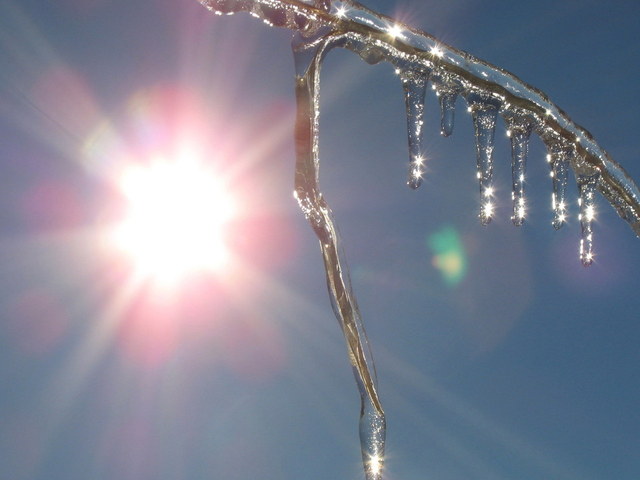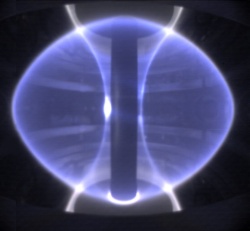Most of what shines in the sky exists far away as a strange state called plasma. Plasma is what teachers probably mentioned to you at some point in a sciences lesson, after enumerating the states of matter: solid, liquid, gas and… plasma. Also, maybe, they did not give much further explanation on this topic and flew back to solids and liquids and how a liquid adopts the shape of its container, all common and easy to see in daily examples
Is it really the fourth state?
If we heat a solid object, it eventually becomes fully liquid. Carrying on with the heating, vapor may start arising and end up leaving no liquid at all. Then, what if we continue heating? At a certain point, another state appears: plasma.
So yes, naming plasma the fourth state of matter actually makes sense, following the logic correlation of temperature and state.
Temperature matters
When the temperature of an object rises, it means its atoms are vibrating more fiercely. That is why ice melts. Its molecules vibrate strongly and they cannot hold together nor fit their former shape anymore. They start spreading, pulled by gravity, and they adopt the shape of the bowl where they lay.

If temperatures get even higher in a gas, molecules can shake so heavily that they collide one with another, eventually letting loose electrons. If we don’t increase further the temperature, this electron will end up coming back to his attracting and positively charged nucleus friend.
But, if we were able to heat even more this mass volume, collisions would escalate and electrons would be being let loose to a greater extent and they couldn’t come back to their partners. At this stage, the gas has become plasma, formed by ions repelling themselves and a sea of electrons surrounding them.
Can I see plasma at someplace close to me?
Plasma does not usually take place on Earth. If it were common, our planet would certainly be a little dangerous and a post-apocalyptic place to live in.
Nevertheless, plasmas can happen in nature during short amounts of time in extreme conditions as in lightning bolts during a storm. Humans can also generate it artificially using devices as a plasma ball by using high voltage to ionize a gas.

Applications
The state of plasma is also the breeding ground for fusion energy. As in the stars, the environment for these nuclear reactions to take place is in gases at million degrees. This is what scientists want to replicate at ITER where, by the way, temperatures are expected to exceed the Sun temperatures by ten times (the hottest place in the galaxy!).

There have been significant efforts before in the road to ITER and plasma facilities have existed for some years now, as the Joint European Torus in the United Kingdom or the Tokamak Fusion Test Reactor in the United States. The difference with ITER will be the net energy provided by the reactor and the time that the plasma can be hold active in a continuous manner.
There is more
Plasma happens by raising the temperature of a gas; Is there something below the temperature of a solid? The answer is yes and its name is the Bose-Einstein condensate, but that’s another story that we may talk about another time!
